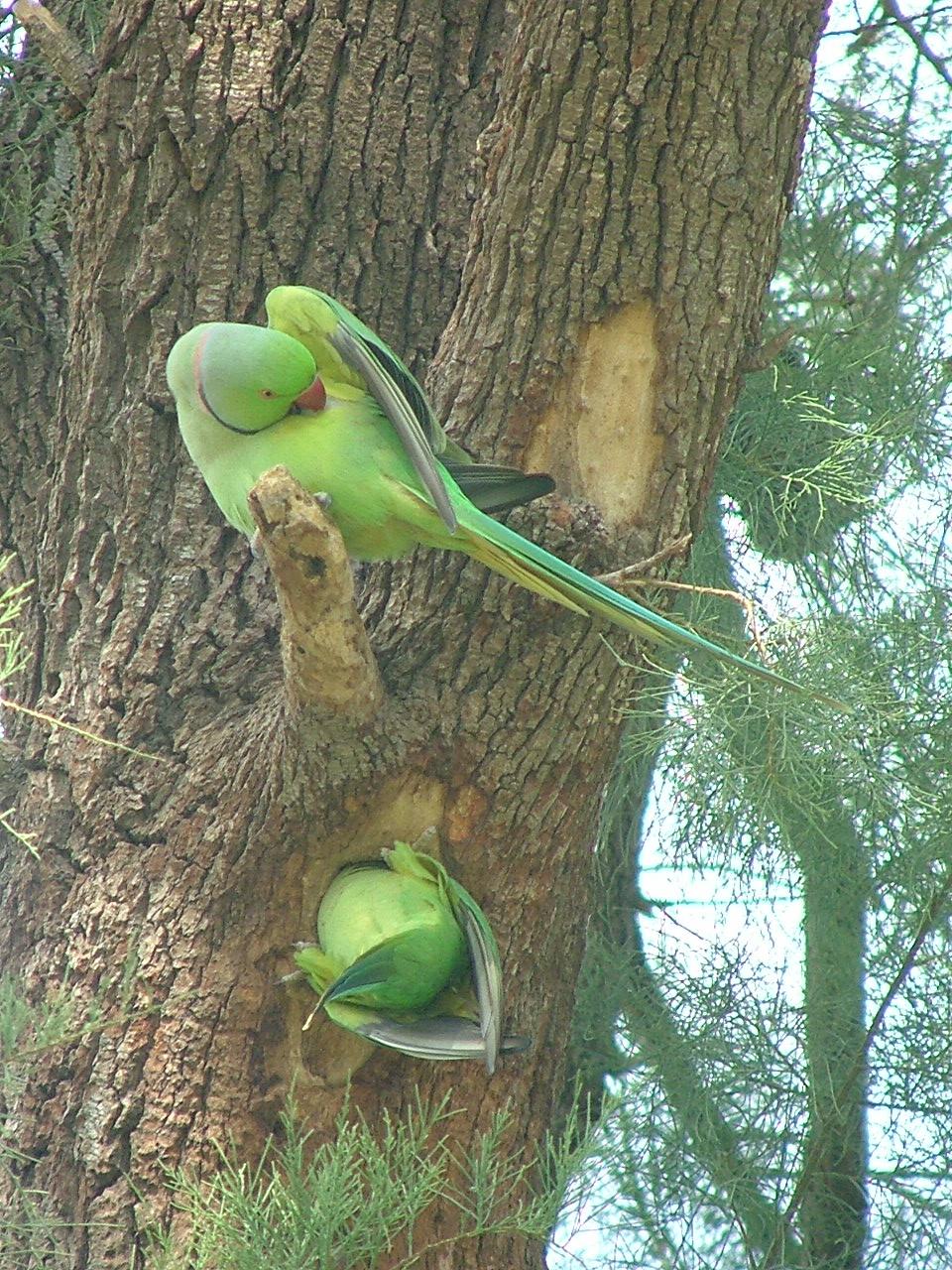In a study published this month in the scientific journal Biological Conservation, the researchers explain that invasive species pose a significant threat to the existence of the local biodiversity of plants and animals in their natural environment and may even cause significant economic damage to agriculture, public health and their environment

A new study conducted at the Hebrew University shows that the restriction on the movement of people and trade into the countries of the Eastern Bloc during the decades of the Cold War also had positive consequences. The research of Dr. Salait Karak from the Institute of Life Sciences (Department of Evolution, Systematics and Ecology - ASA) at the Hebrew University reveals that the Iron Curtain prevented damage to the ecosystems of Eastern European countries by preventing the entry of invasive species.
In a study published this month in the scientific journal Biological Conservation, the researchers explain that invasive species pose a significant threat to the existence of the local biodiversity of plants and animals in their natural environment and may even cause significant economic damage to agriculture, public health and the environment. The reason for this is the competition that exists between the invading species and the locals, which can lead to the suppression and even the extinction of the locals. In addition, direct harm (such as predation) of local species by the invasive species sometimes occurs. Those invaders may even be surrogates for parasites and pathogens. "The Iron Curtain protected the countries of Eastern Europe from invasive species, but the cross-border cooperation that exists today, despite its advantages, opens up additional possibilities for invasions and, as a result, for causing damage to the local systems," notes Dr. Karak.
In Western Europe trade relations existed with the countries of the world and many species of invasive birds such as parrots and weavers (songbirds) were imported to it, while in Eastern European countries only a few species of invasive birds such as ducks and pheasants were imported especially for hunting purposes. Thus, without intending to, they prevented harm to the local animals in Eastern Europe.
"Of course we don't want to return to the days of the Iron Curtain, but some important lessons can be drawn from the ill-directed policies that prevailed during this period in Eastern Europe," says Dr. Salait Karak, head of the Biodiversity Research Laboratory at the Hebrew University, who led the research together with Dr. François Shiron and Dr. Susan Shirley.
In the first phase, the researchers built a database of different species of foreign birds in Europe, relying on reports, scientific articles and historical records compiled by scientists and ornithologists. When analyzing the data, the researchers were surprised to find that the entry of the new species into Europe was influenced more by factors related to human activity than by natural factors such as climate or geographic location (latitude and longitude). This led to the fact that the countries of Western Europe, and England in the first place, became a focus of invasive species during the Cold War.
According to the study, the number of foreign (non-European) bird species released in Western Europe increased from 36 species to 46 species between the years 1991-1945 compared to only 5 species counted during the same period in Eastern Europe.
Most of the invasive bird species in Europe are still found in the first European country to which they were introduced. "The policy makers in Europe still have time to act in coordination to prevent these species from expanding their distribution and causing widespread ecological damage," claims Dr. Karak. However, 14 of the 121 invasive species in Europe have recently expanded their range and caused ecological damage to local systems. "Species, such as the Asian Indian sparrow and the monk parrot from South America, which have also invaded Israel, are spreading quickly, so policymakers need to act as soon as possible," says Dr. Karak.
